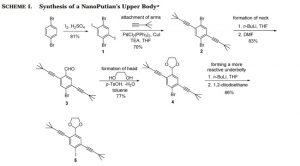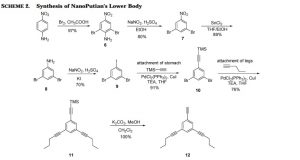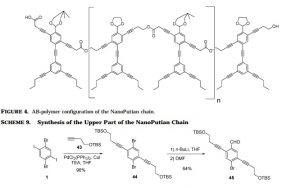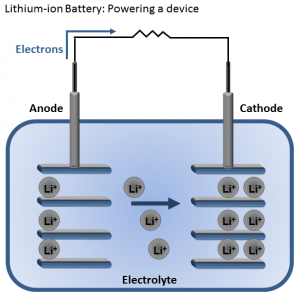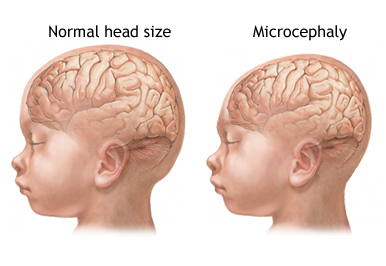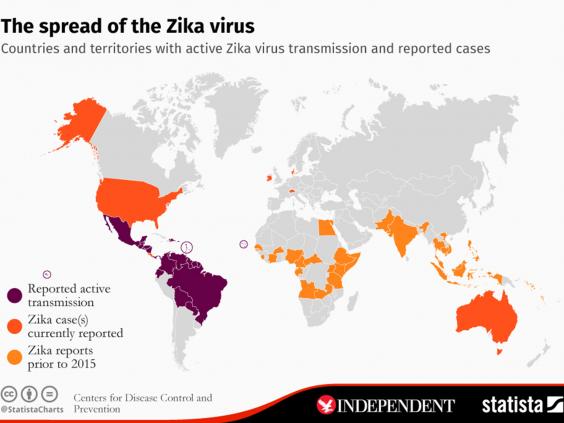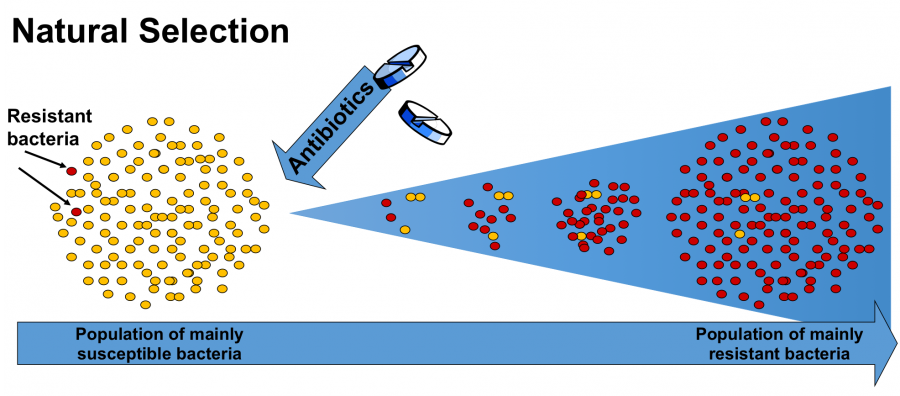A disease that has no cure and leads to an inevitable death. ‘Mad Cow Disease’ was first discovered in United Kingdom back in 1986, and for nearly 15 years the outbreak has infected up to 180,000 cattle and damaged many farm communities in the area.

Cow Infected with Mad Cow Disease – BSE. http://www.cbc.ca/news/technology/quick-facts-about-mad-cow-disease.
Mad Cow Disease is also known as ‘Bovine spongiform encephalopathy (BSE)’, which the name itself suggests a spongy form of the cow’s brain. BSE is a slow progressing disease which targets the central nervous system of the cow causing it to act abnormally and eventually lead to its death. For unknown reasons a protein, known as ‘prion’, located in the brain of a cow, starts to change its conformation. This creates a signal which changes the conformation of other prions like a chain reaction and leads to the slow degradation of the brain. The following video provides a summary of the mad cow disease:
https://www.youtube.com/watch?v=aP-ShyyHiIc
“Mad Cow Disease is an infectious disease of cattle transmitted but by virus or bacteria, but by an abnormal form of type of protein called a prion”- Dr. Linda L. Walsh, Dept. of Psychology, University of Iowa
Transmission of this disease to human will lead to certain death, although the time length for each cases can vary from about 6 months to many years. The form of mad cow disease infected in human is known as ‘variant Creutzfeldt-Jakob Disease’ or vCJD.
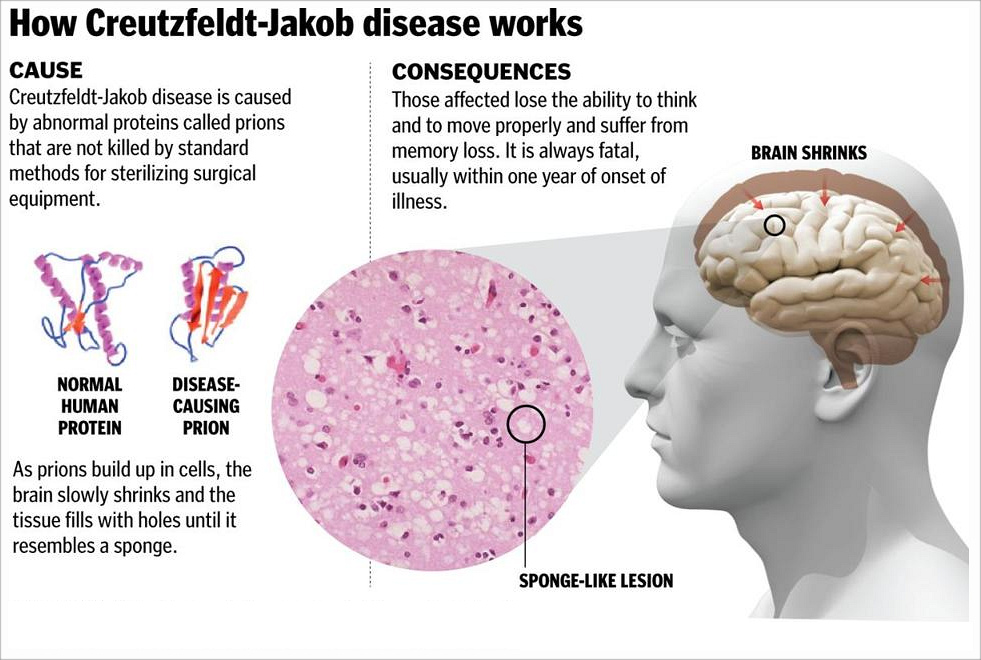
Structure of normal and abnormal prion protein, and its effect on human brain. http://www.viviennebalonwu.com/2015/07/creutzfeldt-jakob-disease-cjd.html.
This disease causes a slow degradation of the brain, creating small holes, and destroying the nervous system. As such, the symptom of this disease may consist of memory lost, lack of coordination, personality change, psychiatric issues, movements, speak and death. The transmission of this disease occurs from the direct consumption of meat infected with the abnormal prions, and possibly from blood transfusion.
“Another risk is the spread of vCJD through blood transfusions – and it is still not known exactly how many people are carriers of the disease.” – Professor Graham Medley, University of Warwick
Although, many countries started to separate the brain, and other parts of nervous system, from the main food supply after the outbreak in the late 1990. It is possible that there are infected people who are unaware of it. Thus it increases the risk of transmitting this disease to others via blood transfusion.
“We are pretty sure that there are people out there who are infected but don’t have the disease”– Professor Graham Medley, University of Warwick
Personally, I feel that there is a higher demand for research regarding prions and a cure for mad cow disease. The cause for this disease is still unknown and because of this, it is extremely difficult to prevent an outbreak from happening or to protect people against it.
Poramat Sucharit



